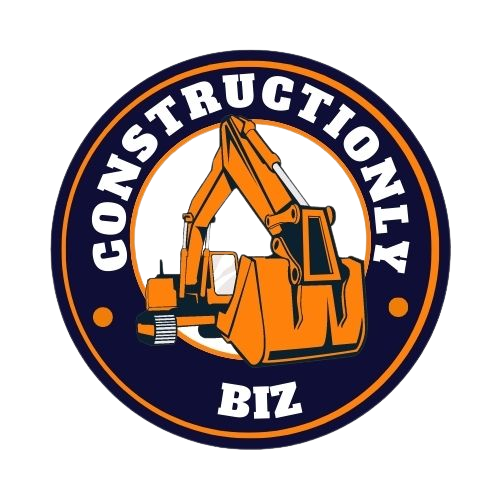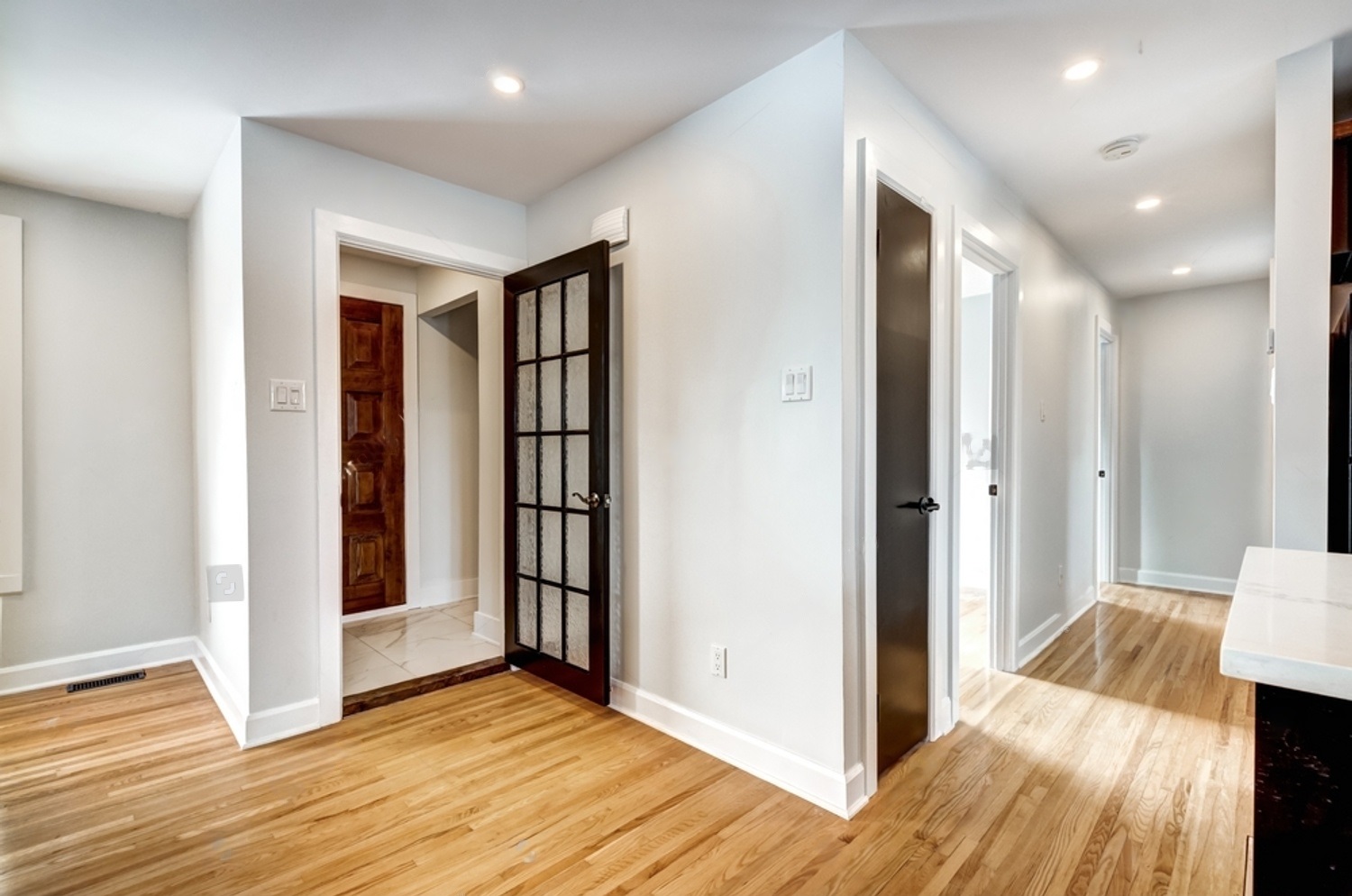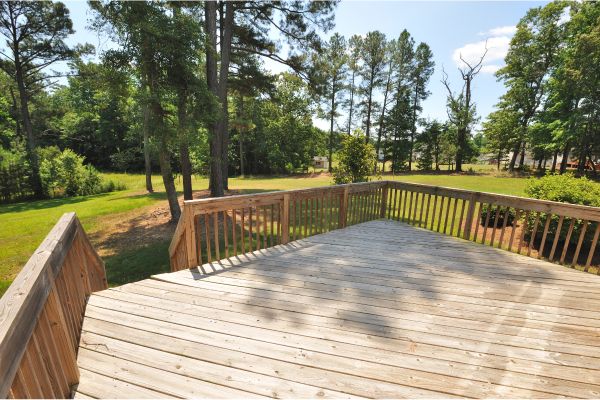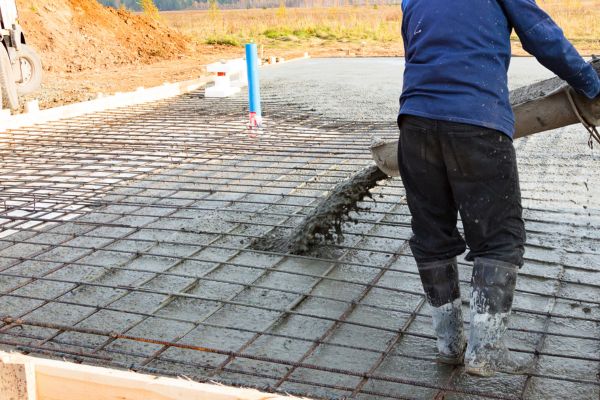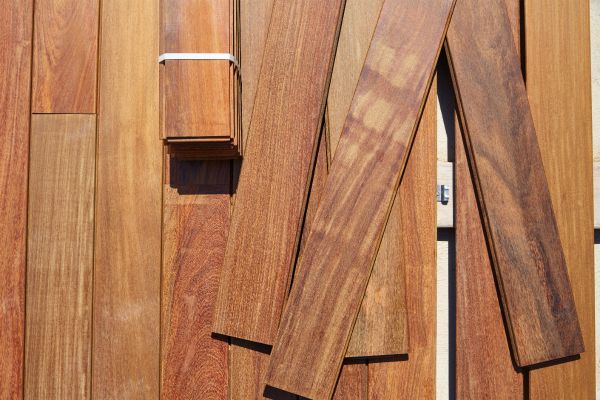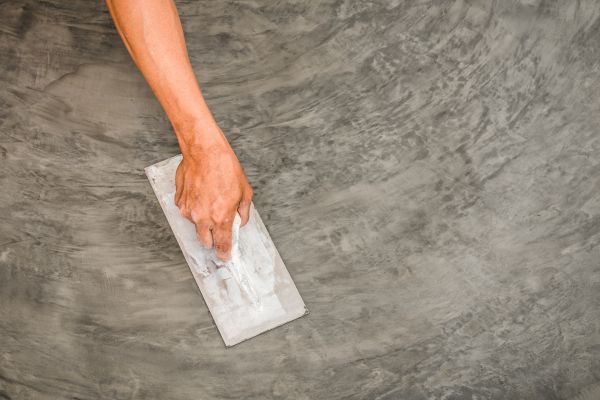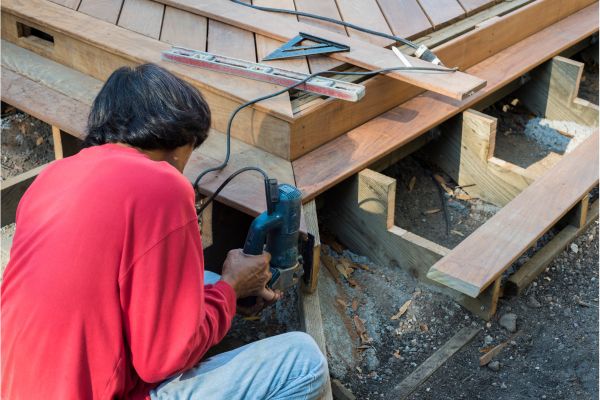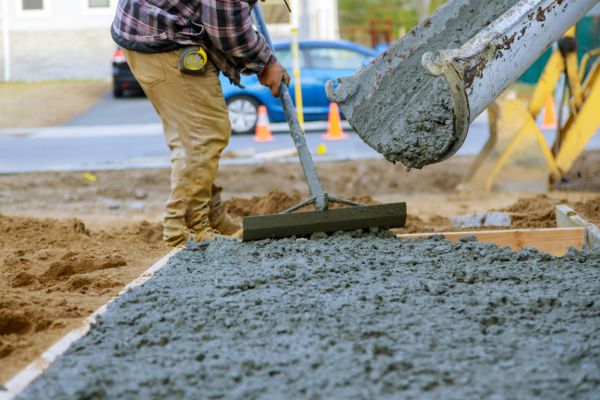In the pursuit of creating a spacious and functional living environment, homeowners often find themselves seeking ways to optimize every inch of their property. One of the most overlooked and underestimated areas is the basement, a hidden gem that holds the potential to significantly increase a home’s square footage. With the art of basement finishing, you can transform this forgotten space into a valuable asset, providing endless possibilities for customization and utilization. This article delves into the art of basement finishing, exploring the numerous benefits, innovative design ideas, and essential steps to unleash the true potential of your basement.
1. The Untapped Potential of Basements
Basements, unfortunately, are often relegated to storage, housing old furniture, and miscellaneous items. However, beneath the surface lies untapped potential. By optimizing the basement, homeowners can enhance their living space, adding value and functionality to their property. With careful planning and design, the basement can be transformed into various functional areas, such as an entertainment room, home office, gym, or even an additional bedroom. This untapped space offers the perfect canvas for homeowners to realize their dream of a spacious and versatile living area.
2. The Benefits of Basement Finishing
a) Expanded Living Space: Basement finishing allows homeowners to maximize their square footage without physically extending their property. It is a cost-effective way to create additional functional rooms without the need for extensive construction.
b) Increased Property Value: A finished basement adds significant value to a home. Potential buyers are often attracted to the idea of having extra living space, making a finished basement a desirable feature in the real estate market.
c) Customization and Flexibility: When finishing a basement, you have the freedom to design the space according to your unique needs and preferences. It can be tailored to fit your lifestyle, whether you desire a personal gym, a home theater, or a playroom for the kids.
d) Energy Efficiency: A well-insulated and finished basement can contribute to overall energy efficiency. The additional insulation helps regulate temperature, reducing heating and cooling costs throughout the house.
3. Design Ideas for a Functional Basement
a) The Entertaining Haven: Turn your basement into the ultimate entertainment zone by adding a home theater system, a bar area, and comfortable seating. This setup provides the perfect spot for hosting movie nights, sports events, or gatherings with friends and family.
b) The Productive Home Office: With the increasing popularity of remote work, a basement office can be a quiet and productive space away from the daily household activities. Add proper lighting, ergonomic furniture, and storage solutions for an efficient workspace.
c) The Fitness Hub: Create a motivating gym space in your basement with appropriate exercise equipment, mirrors, and proper ventilation. This not only saves money on gym memberships but also encourages a healthy lifestyle.
d) The Guest Suite: Transform your basement into a cozy guest suite complete with a bedroom, bathroom, and seating area. This setup offers privacy for guests and can be a wonderful addition for accommodating visitors.
e) The Playful Escape: Design a playroom for kids, equipped with toys, games, and educational resources. This dedicated space allows children to play freely while keeping the rest of the house clutter-free.
4. Essential Steps to Basement Finishing
a) Assessment and Planning: Start by assessing the condition of your basement. Check for any moisture issues, leaks, or structural problems that need to be addressed. Once the space is deemed suitable, create a detailed plan outlining your goals, budget, and timeline.
b) Obtaining Permits: Depending on your local regulations, you may need to obtain permits before starting the basement finishing project. Consult with local authorities to ensure you are compliant with building codes and safety standards.
c) Waterproofing and Insulation: Prioritize waterproofing to prevent moisture-related issues. Install proper insulation to maintain a comfortable indoor environment and improve energy efficiency.
d) Electrical and Plumbing: Hire a professional electrician and plumber to handle the necessary installations. This includes wiring for lighting, outlets, and internet connections, as well as plumbing for bathrooms and utility areas.
e) Flooring and Walls: Choose suitable flooring materials, such as hardwood, laminate, or carpet, that match your basement’s purpose. When it comes to walls, consider drywall, which is a cost-effective and versatile option.
f) Lighting and Ventilation: Adequate lighting and ventilation are essential for creating a comfortable and inviting space. Incorporate a mix of natural light and artificial lighting to brighten up the area. Consider adding ventilation systems to ensure proper air circulation.
g) Furniture and Decor: Select furniture that complements the purpose of each room. Utilize space-saving furniture and built-in storage solutions to optimize the available area. Add decorative elements, such as artwork and rugs, to create a warm and inviting ambiance.
Takeaway
Unleashing the potential of basement finishing presents homeowners with an exciting opportunity to expand their living space and add value to their property. By transforming a neglected basement into a functional and aesthetically pleasing area, you can fulfill various lifestyle needs and enhance your daily living experience. With careful planning, innovative design ideas, and attention to detail during the finishing process, your basement can evolve into a versatile haven, tailored to suit your family’s preferences and activities. Embrace the art of basement finishing and unlock the hidden potential that lies beneath your home’s surface.
